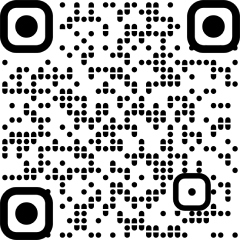
New Delhi: The US Food and Drug Administration (FDA) has approved Apple’s new sleep apnea detection feature. The company announced this feature at the iPhone 16 launch event earlier this week. This approval will allow Apple to offer the feature on the upcoming Apple Watch Series 9, Series 10, and Ultra 2 later this month. The company’s sleep apnea detection feature represents a major step towards positioning its wearable devices as more affordable and accessible alternatives to traditional healthcare tests. This move aligns with the company’s broader goal of using its technology to improve health outcomes.“We are so excited about the incredible impact this feature can make for the millions of people living with undiagnosed sleep apnea,” Dr. Sumbul Desai, VP of Health at Apple said while introducing the upcoming Apple Watch feature.
Apple Watch’s sleep apnea detection feature: How will this work
Apple’s sleep apnea detection feature will use a new metric called “breathing disturbances” to identify potential signs of the condition. Apple Watch models will use its accelerometer to measure wrist movements that indicate disruptions to normal breathing patterns.
Apple noted that the notification algorithm was developed using a substantial dataset of clinical-grade sleep apnea tests and has undergone rigorous validation through a clinical study.
With this feature, users will be able to track their nightly metrics in the Health app, where they will be categorised as either “elevated” or “not elevated.” Apple will further analyse this data every month to identify individuals who exhibit “consistent signs” of severe or moderate sleep apnea. Users will be able to view their data over various periods, including one month, six months, or one year.
Apple will provide a comprehensive report that users will be able to share this data with their healthcare providers. This report will include three months of breathing disturbance data and additional relevant information. Moreover, the Health app will also offer educational resources to help users understand sleep apnea and its implications.



